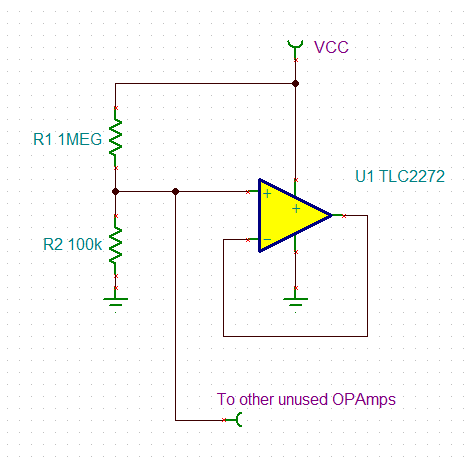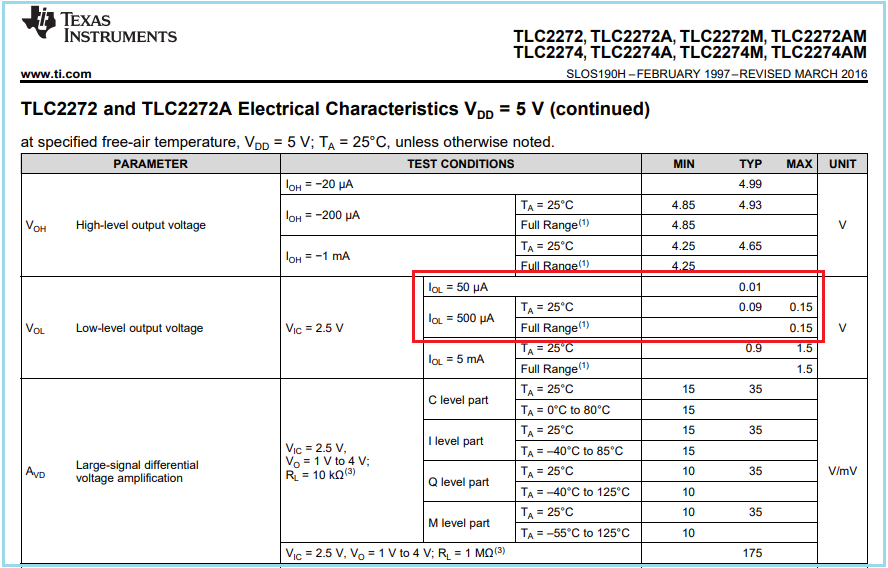Other Parts Discussed in Thread: TLV2771, LM7705
I have read the various documents from earlier posts relating to this issue, such as
https://www.ti.com/lit/an/sloa277/sloa277.pdf and https://e2e.ti.com/blogs_/archives/b/thesignal/archive/2012/11/27/the-unused-op-amp-what-to-do



